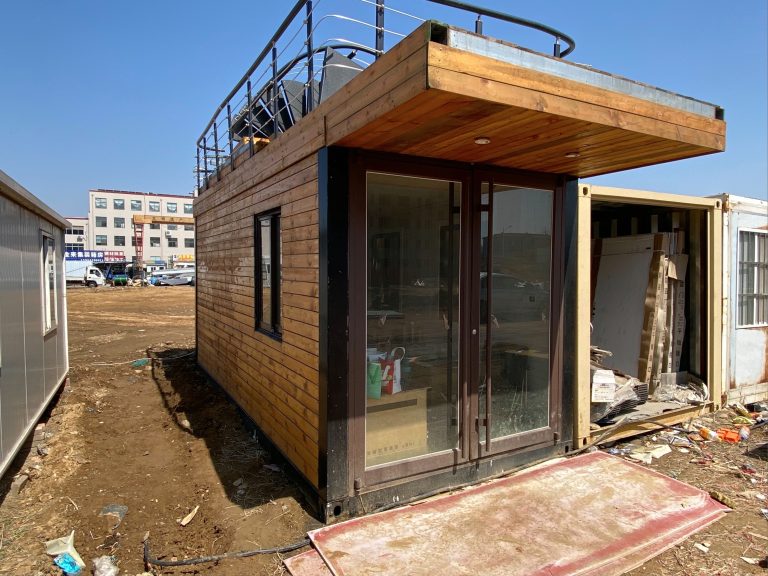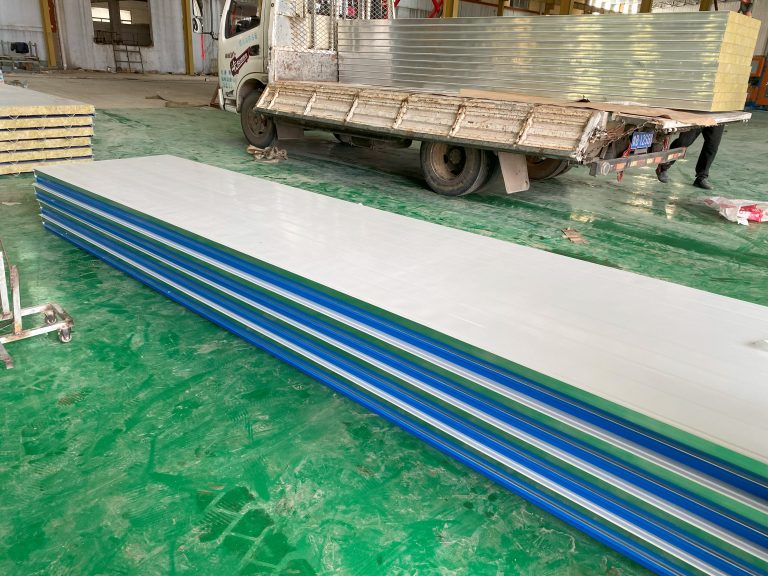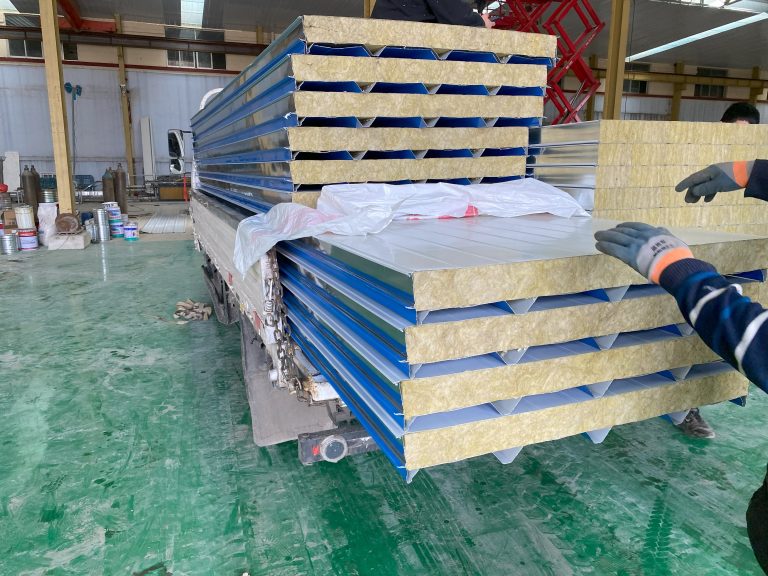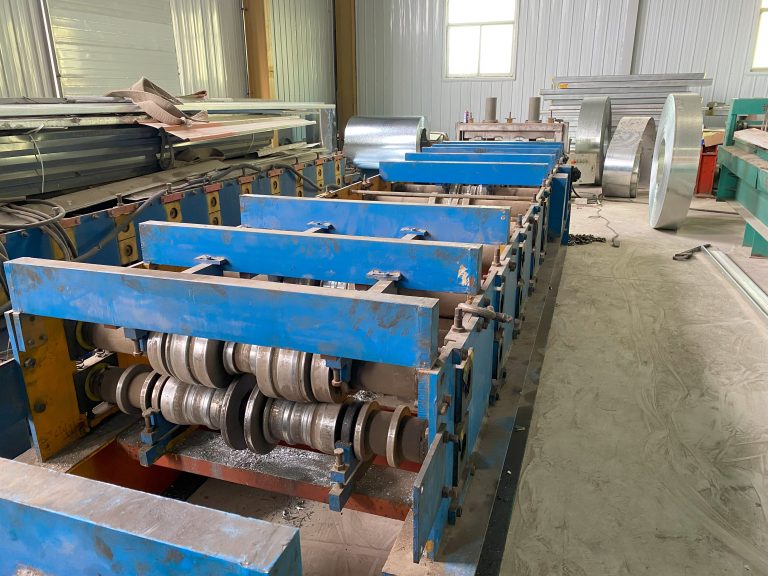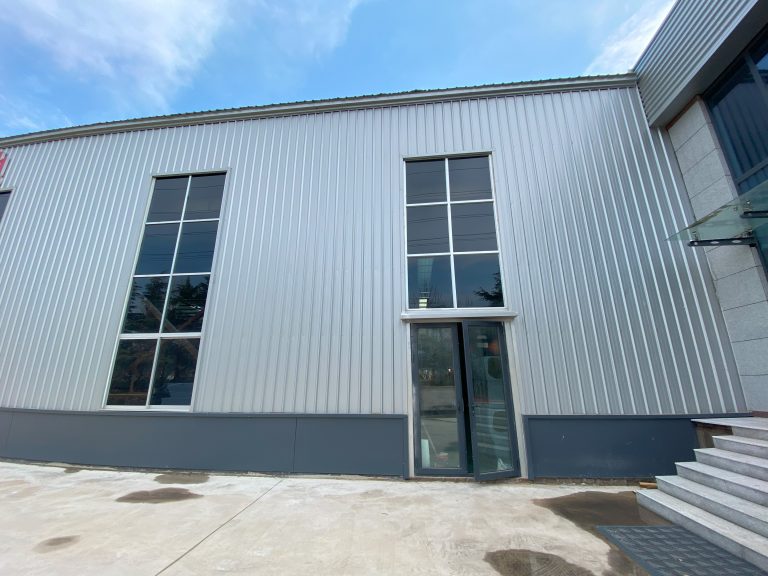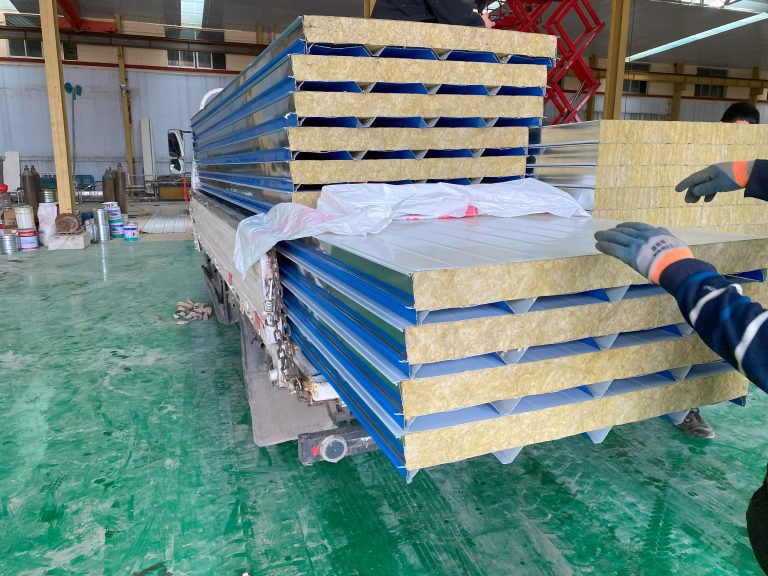Design standard and practice for ice resistance of steel structures
Table of Contents
Ice Resistance Design Standards for Steel Structures
Ice resistance is a critical consideration in the design and construction of steel structures in cold climates. The presence of ice can significantly impact the performance and safety of these structures, making it essential to adhere to specific design standards and practices to ensure their durability and longevity.
One of the key design standards for ice resistance of steel structures is the American Society of Civil Engineers (ASCE) Standard 10-15. This standard provides guidelines for the design of structures in areas where ice loads are a concern, such as regions with cold climates or bodies of water that freeze over in the winter. It outlines the necessary calculations and considerations for determining the appropriate ice loads that a structure may be subjected to, as well as the design criteria for ensuring its stability and safety.
In addition to the ASCE Standard 10-15, there are other industry standards and practices that engineers and designers must follow when designing steel structures for ice resistance. These include the Canadian Standards Association (CSA) S16-14 standard, which provides guidelines for the design of steel structures in Canada, where ice loads are a common concern due to the country’s cold climate.
When designing steel structures for ice resistance, engineers must consider a variety of factors, including the thickness and density of the ice, the duration of ice cover, and the potential for ice accumulation on the structure. These factors can vary depending on the location and climate of the structure, making it essential to conduct thorough site-specific assessments to determine the appropriate design criteria.
One of the key considerations in the design of steel structures for ice resistance is the selection of materials and coatings that can withstand the harsh conditions associated with ice loads. Steel structures must be designed to resist corrosion and fatigue caused by ice accumulation, which can lead to structural failure if not properly addressed. Coatings such as epoxy or polyurethane can provide additional protection against ice-related damage, ensuring the longevity and performance of the structure.
In addition to material selection, engineers must also consider the structural configuration and geometry of the steel structure when designing for ice resistance. The shape and orientation of the structure can impact its susceptibility to ice accumulation and loading, making it essential to optimize the design to minimize the effects of ice on the structure’s performance.
Furthermore, proper maintenance and inspection practices are essential for ensuring the continued ice resistance of steel structures. Regular inspections can help identify any signs of damage or deterioration caused by ice loads, allowing for timely repairs and maintenance to prevent structural failure. Additionally, ongoing monitoring of ice conditions and loads can help inform future design decisions and modifications to enhance the structure’s resistance to ice.
In conclusion, designing steel structures for ice resistance requires adherence to specific design standards and practices to ensure their durability and safety in cold climates. By following industry guidelines and considering factors such as material selection, structural configuration, and maintenance practices, engineers can create structures that are capable of withstanding the challenges posed by ice loads, ensuring their long-term performance and reliability.
Best Practices for Ensuring Ice Resistance in Steel Structures
Steel structures are commonly used in various industries, including offshore oil and gas, marine transportation, and renewable energy. These structures are often exposed to harsh environmental conditions, including ice accumulation, which can pose a significant threat to their integrity and safety. Therefore, it is essential to design steel structures with ice resistance in mind to ensure their long-term performance and reliability.
One of the key factors to consider when designing steel structures for ice resistance is the material properties of the steel itself. High-strength steel grades are often preferred for their superior mechanical properties, such as high tensile strength and toughness, which can help the structure withstand the forces exerted by ice loads. Additionally, the steel should be able to maintain its mechanical properties at low temperatures, as ice accumulation can lower the temperature of the structure and potentially affect its performance.
In addition to selecting the appropriate steel grade, the design of steel structures for ice resistance should also take into account the shape and geometry of the structure. Smooth surfaces are less likely to accumulate ice compared to rough surfaces, so designers should avoid sharp edges and corners that can promote ice formation. Furthermore, the structure should be designed with sufficient slope and curvature to allow ice to slide off easily, reducing the risk of ice accumulation and potential damage.
Another important aspect of designing steel structures for ice resistance is the consideration of environmental factors, such as wind speed and direction, temperature, and ice thickness. These factors can influence the formation and accumulation of ice on the structure, as well as the forces exerted by the ice on the structure. Therefore, designers should conduct thorough environmental assessments to determine the potential ice loads that the structure may be subjected to and design the structure accordingly.
To ensure the ice resistance of steel structures, designers should also consider the use of protective measures, such as coatings and de-icing systems. Coatings can help reduce the adhesion of ice to the structure, making it easier for ice to slide off. De-icing systems, such as heating elements or mechanical devices, can be used to remove ice buildup from critical areas of the structure, preventing potential damage.
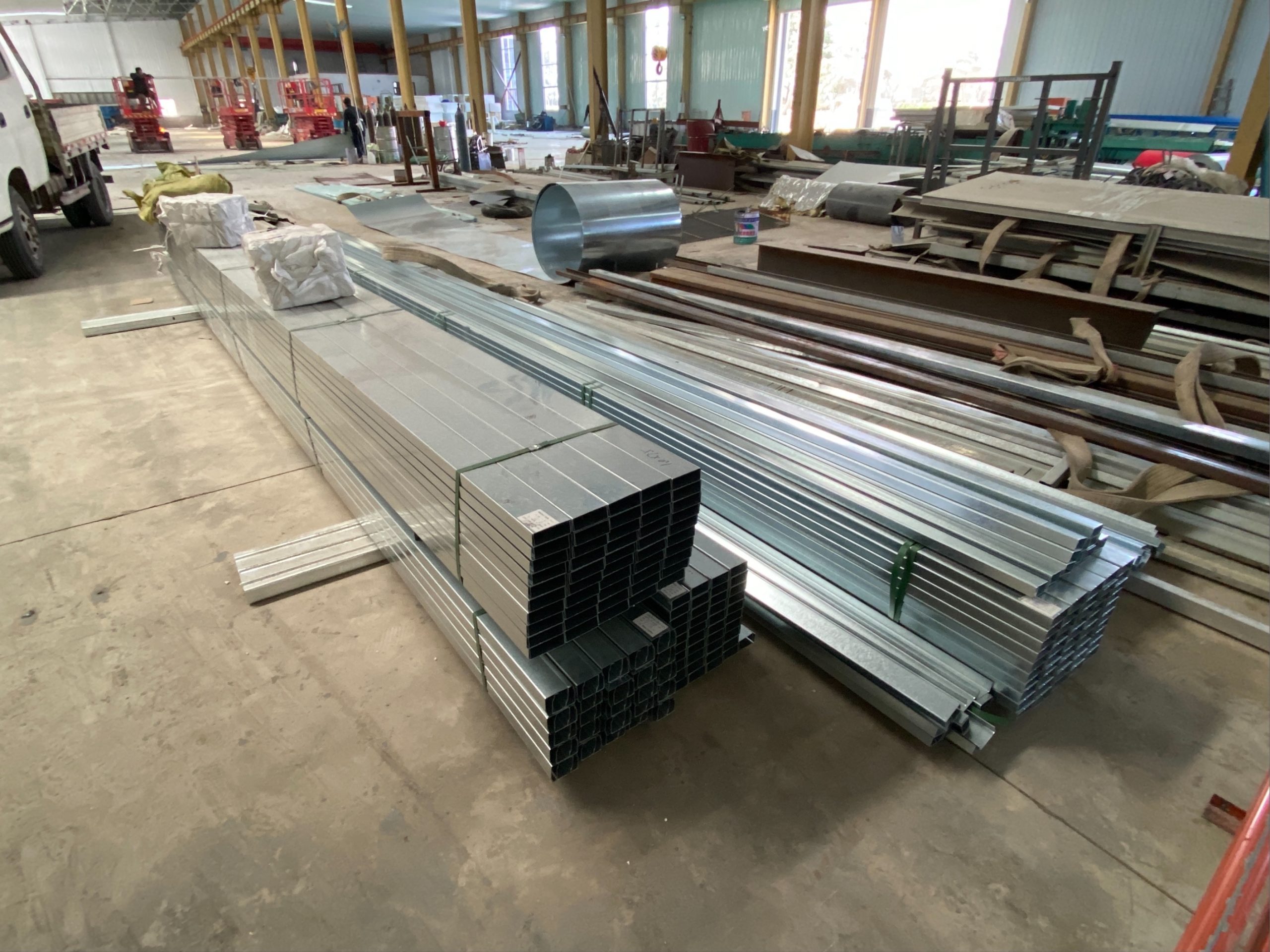
In addition to design considerations, it is essential to follow best practices for construction and maintenance to ensure the long-term ice resistance of steel structures. Proper installation of the structure, including welding and fastening techniques, is crucial to its performance under ice loads. Regular inspections and maintenance of the structure can help identify any potential issues early on and prevent them from escalating into more significant problems.
In conclusion, designing steel structures for ice resistance requires careful consideration of material properties, shape and geometry, environmental factors, and protective measures. By following best practices for design, construction, and maintenance, designers can ensure the long-term performance and reliability of steel structures in ice-prone environments. Ultimately, investing in proper design and maintenance practices can help mitigate the risks associated with ice accumulation and ensure the safety and integrity of steel structures for years to come.

